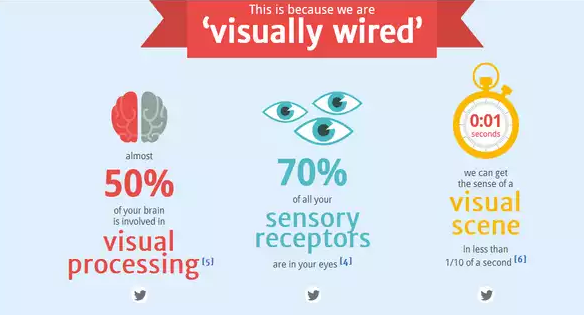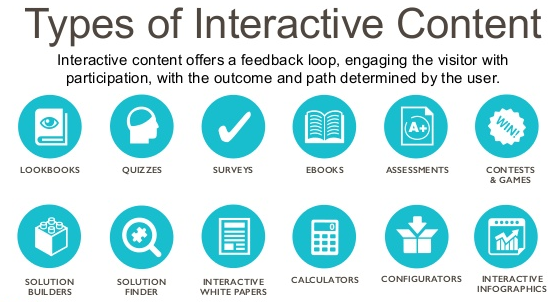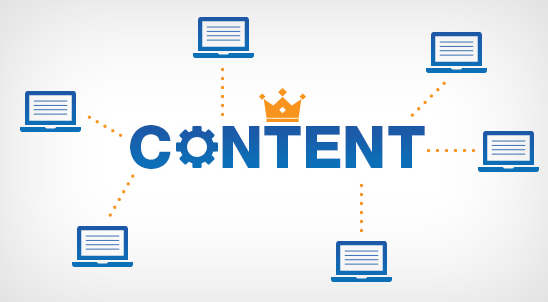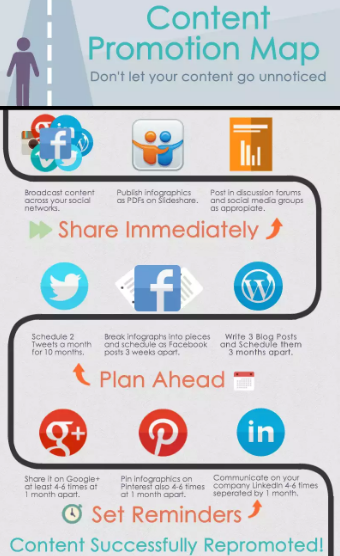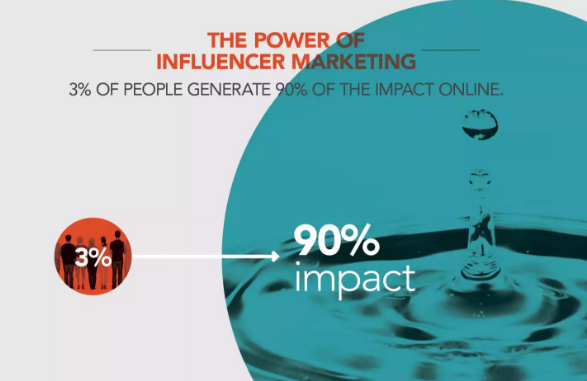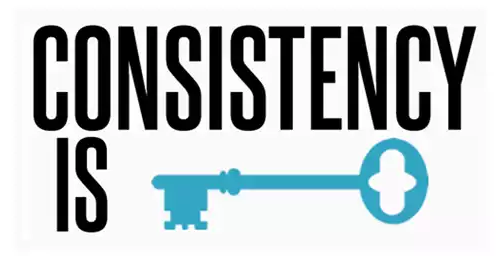Ryan Grant worked in the accounting field for a little over a year and a half before he decided to quit so he could create his own future. Ryan walked away from a $50K/yr job and now crushes it with Amazon FBA and other platforms. Ryan trains other people how to do the same, and everyone who has been in Ryan’s program for more than one year made at least $100,000 in sales in 2016 with the top client eclipsing $1 million in sales in 2016 for the first time.
Quotes To Remember
“The biggest thing is knowing your numbers.”
“As long as you’re doing the math ahead of time, it should be profitable.”
“If you truly want it to be a business, I suggest you figure out how to systematize things as you go along, and be prepared to bring out additional team members.”
What You’ll Learn
—Hacks for growing and investing in your Amazon FBA business
—How to get your products out of Amazon’s warehouses
—The mentality of an Amazon FBA side hustle versus committing to it full-time
Key Links from the Show:
Scoutify—App used for aiding online arbitrage.
Keepa—Amazon price tracker
Camel Camel Camel—Amazon price tracker
Oaxray—Scouting reports for Online Arbitrage
Tactical Arbitrage—Scouting reports for Online Arbitrage
Recommended books:
The Slight Edge by Jeff Olson
4 Hour Work Week by Tim Ferris
Millionaire Fastlane by MJ DeMarco








